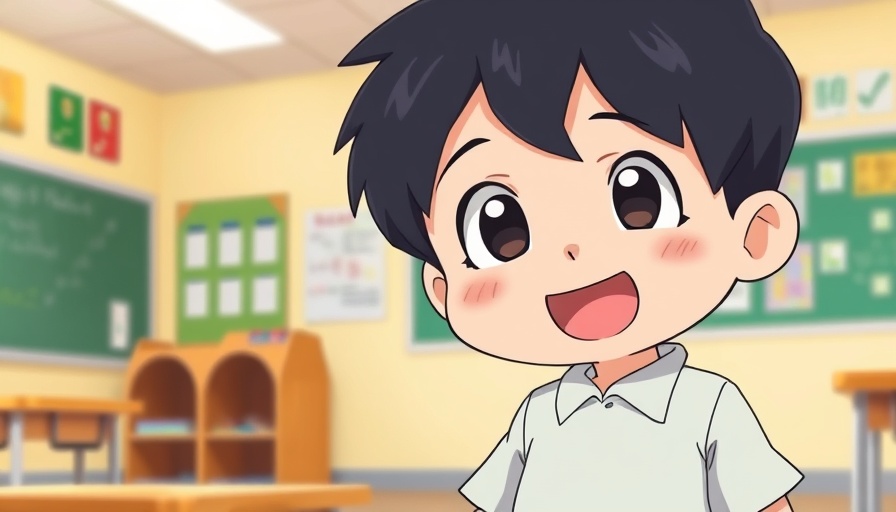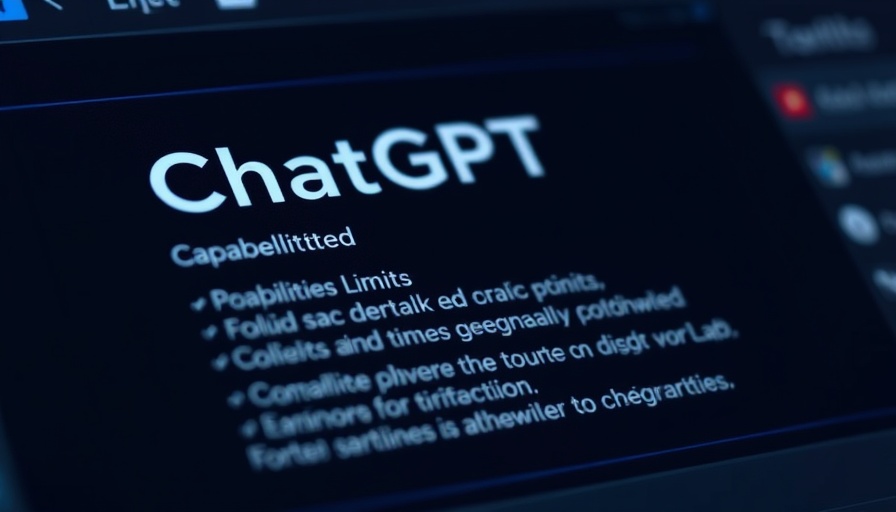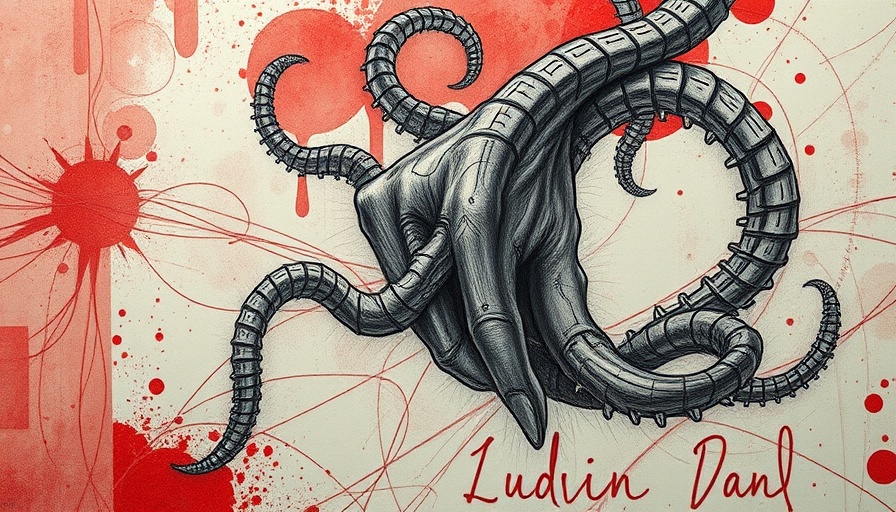
A Surprising Trend: Ghibli-Style Photo Generators on the Rise
In an unexpected twist within the realm of AI-generated content, a viral phenomenon has emerged: a Ghibli-style photo generator integrated with ChatGPT. This tool, reminiscent of the enchanting art from Studio Ghibli films, allows users to generate visuals inspired by the beloved animation style. As AI continues to evolve, so does its ability to transform the way we create and consume art, allowing enthusiasts to easily produce stunning graphics and art pieces.
The Power of AI and Creativity
AI-driven technologies, such as image generation tools, are reshaping our understanding of creativity and authorship. As people increasingly utilize these applications to express themselves artistically, the lines between human and machine-generated content blur. However, the recent virality of a fake warning letter purportedly from Studio Ghibli serves as a cautionary tale. It highlights the potential misuse of AI tools and the ethical considerations of AI-generated content. While fans may delight in creating their own Ghibli-like scenes, this incident reminds us of the responsibility that comes with utilizing such capabilities responsibly.
Understanding the Viral Phenomenon
Social media plays a critical role in amplifying trends and creating viral moments. The Ghibli generator craze took off as users began sharing their creations, captivating fellow enthusiasts. However, the spread of a fake warning letter from Studio Ghibli about unauthorized use of their art adds a layer of complexity to the narrative. Such deceptions raise questions about trustworthiness online and the necessity for vigilance in verifying facts, especially in a digital world where misinformation can spread rapidly.
A Closer Look: Ethics and AI
The intersection of creativity and artificial intelligence invites critical examination. As technologies advance, ethical concerns surface: Who owns the copyright to AI-generated images? How do studios respond to unregulated use of their aesthetic styles? The Ghibli incident highlights the need for a conversation about the ethical implications of AI in creative fields. Studio Ghibli's legal stance may influence how other creative entities address similar situations in the future, perhaps leading to new guidelines for both creators and users.
Future Predictions: The Evolution of AI in Art
As we look ahead, the integration of AI in artistic expression promises a diverse range of opportunities. Generators like the Ghibli-style tool will likely become more sophisticated, enhancing their capabilities and output quality. This evolution may pave the way for collaborative art-making between AI and humans, fostering innovative approaches to storytelling and visual communication. As the boundaries of what's possible continue to expand, artists may gain new insights to explore within their practice.
Lessons Learned and Moving Forward
The incident with the Ghibli-style photo generator and the ensuing fake letter serves as a pivotal moment in the discussion surrounding AI and creativity. As users, creators, and industry leaders, we must approach these technologies thoughtfully and ethically. Consider how AI tools can be utilized to enhance creativity while being mindful of the artistic integrity of original works. Engaging in dialogue about the role of AI in art will help shape a future where innovation and responsibility coexist harmoniously in the creative landscape.
Call to Action: Stay Informed About AI Developments
The ongoing advancements in AI and its impact on art and culture necessitate a conversation. Join the movement by staying informed about the latest trends in AI technologies. Engaging with these discussions allows us to navigate the exciting yet challenging landscape of AI art responsibly. By understanding the implications, we can shape a more ethical and innovative future.
 Add Row
Add Row  Add
Add 




 Add Row
Add Row  Add
Add 

Write A Comment